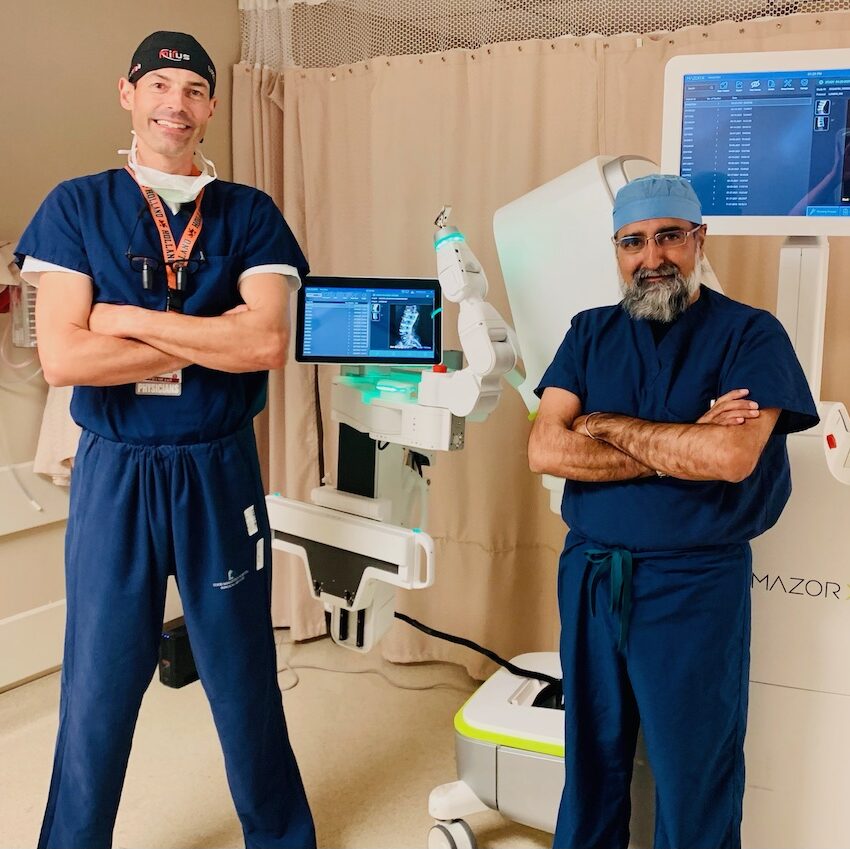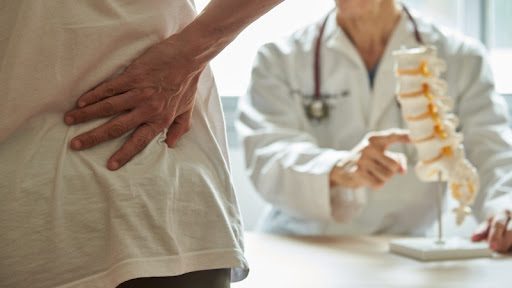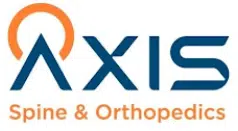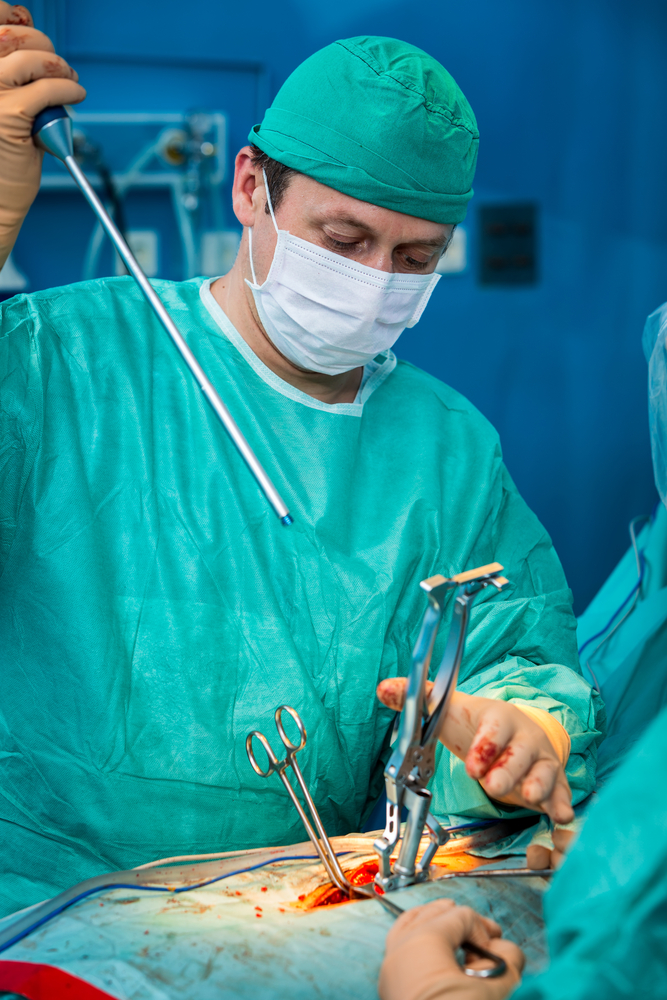How Insurance coverage Works with the Best Spine Surgeons in St Louis MO
An Overview of Spinal Column Conditions That Frequently Result in Surgical Therapies
Spine problems such as herniated discs, back stenosis, and degenerative disc disease regularly demand surgical interventions when conservative therapies stop working to relieve consistent signs. Recognizing the subtleties of each problem and the matching medical alternatives, such as discectomy or back combination, is essential for effective management.
Herniated Discs
Although several people with herniated discs might find relief with conventional treatments, surgical treatment becomes a needed consideration when symptoms aggravate or linger - best spine surgeons in st louis mo. A herniated disc occurs when the soft internal gel of a spinal disc sticks out with its external layer, possibly leading and compressing close-by nerves to pain, pins and needles, or weakness in the extremities
Conventional management commonly includes physical therapy, pain medicines, and corticosteroid injections, which intend to reduce swelling and boost feature. In instances where these methods fail to alleviate incapacitating symptoms, surgical options may be explored.
One of the most common operation for herniated discs is a discectomy, which involves the elimination of the herniated portion of the disc to eliminate pressure on the affected nerve root. In extra serious cases, spine blend might be necessary to support the affected vertebrae.
Clients are advised to go over the potential dangers and benefits of surgery with their doctor to make a notified choice. Inevitably, the objective of any kind of medical intervention is to recover feature, ease discomfort, and improve overall top quality of life for individuals dealing with herniated discs.
Back Constriction
Spinal constriction happens when the spaces within the spinal column slim, causing raised pressure on the back cord and nerves. This problem can establish in numerous regions of the back, including the cervical and lumbar areas, typically because of age-related adjustments, such as degenerative disc condition, joint inflammation, or thickening of ligaments.
Individuals with back stenosis might offer with signs and symptoms that consist of discomfort, pins and needles, tingling, or weakness, mostly in the legs or arms. These signs can be exacerbated by tasks that entail standing or walking, often leading individuals to look for alleviation with conventional treatments like physical therapy, medicines, or epidural steroid shots.
However, when these non-surgical interventions fall short to give appropriate alleviation, medical choices may be taken into consideration. Common operations for spinal stenosis include laminectomy, which involves the removal of component of the vertebra to reduce stress, and spinal combination, which maintains the afflicted area. The choice to seek surgical treatment is commonly based upon the seriousness of signs and symptoms, the level of practical impairment, and the overall health of the patient. Trigger diagnosis and management are critical to avoid further neurological concession and enhance lifestyle.
Spondylolisthesis
Spondylolisthesis occurs when one vertebra slides ahead over one more, causing misalignment of the spinal column. This problem can arise from different factors, including hereditary problems, injury, or degenerative changes in the spine. It is most typically observed in the lumbar area, especially at the L4-L5 and L5-S1 levels.

Treatment options vary based upon the extent of the slippage and the signs offered. Conservative measures, including physical treatment, discomfort management, and activity modification, are often the initial line of protection. When non-surgical techniques stop working to alleviate symptoms or when substantial nerve compression is present, surgical intervention might be required. Surgical options can consist of spine blend or decompression treatments, intended at bring back alignment and relieving neurological signs. Early diagnosis and ideal monitoring are critical for ideal end results in patients with spondylolisthesis.
Degenerative Disc Condition

Individuals with DDD often experience pain that might emit to the arms or legs, depending upon the impacted area of the back. The problem can be diagnosed via a mix of clinical evaluation, imaging researches, and client history. Therapy alternatives generally start with conventional actions, consisting of physical therapy, pain monitoring, and way of life alterations. When these approaches fall short to supply appropriate alleviation, medical interventions might be considered.
Surgical alternatives for DDD may consist of spine blend or man-made disc replacement, focused on supporting the impacted segment and minimizing discomfort (best spine surgeons in st louis mo). Eventually, the choice of treatment is individualized, taking right into account the extent of the problem, person wellness, and lifestyle variables
Spine Growths

Spine growths can emerge from different factors, consisting of genetic predisposition, ecological influences, and pre-existing clinical problems. Patients might provide with an array of signs and symptoms, including localized discomfort, neurological shortages, weakness, or modifications in bowel and bladder function, depending on the tumor's size and area.
Surgical intervention might be warranted to ease signs, obtain a biopsy, or eliminate the lump completely. The objective of webpage surgery is frequently to unwind neural elements and stabilize the back. Early discovery and intervention are crucial for enhancing end results in patients with spine growths.
Conclusion
In summary, spinal column problems such as herniated discs, spinal stenosis, spondylolisthesis, degenerative disc illness, and spinal tumors often demand surgical intervention due to their prospective to trigger substantial discomfort and practical impairment. While traditional therapies may provide temporary relief, medical alternatives come to be vital when symptoms worsen or persist. Timely diagnosis and intervention play a vital duty in restoring function and improving the high quality of life for afflicted people, underscoring the significance of detailed spine treatment.
